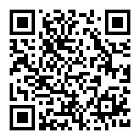BS DD ISO/TS 21749-2005 計(jì)量學(xué)儀器的測(cè)量和不確定度.重復(fù)測(cè)量和嵌套實(shí)驗(yàn)
作者:百檢網(wǎng) 時(shí)間:2021-07-20
中文標(biāo)準(zhǔn)名稱(chēng):計(jì)量學(xué)儀器的測(cè)量和不確定度.重復(fù)測(cè)量和嵌套實(shí)驗(yàn)
英文標(biāo)準(zhǔn)名稱(chēng):Measurement and uncertainty for metrological applications - Repeated measurements and nested experiments
標(biāo)準(zhǔn)類(lèi)型:N10
發(fā)布日期:2005/5/16 12:00:00
實(shí)施日期:2005/5/16 12:00:00
中國(guó)標(biāo)準(zhǔn)分類(lèi)號(hào):N10
國(guó)際標(biāo)準(zhǔn)分類(lèi)號(hào):17.020
適用范圍:This Technical Specification follows the approach taken in the Guide to the expression of the uncertainty of measurement (GUM) and establishes the basic structure for stating and combining components of uncertainty. To this basic structure, it adds a statistical framework using the analysis of variance (ANOVA) for estimating individual components, particularly those classified as Type A evaluations of uncertainty, i.e. based on the use of statistical methods. A short description of Type B evaluations of uncertainty (non-statistical) is included for completeness. This Technical Specification covers experimental situations where the components of uncertainty can be estimated from statistical analysis of repeated measurements, instruments, test items or check standards. It provides methods for obtaining uncertainties from single-, two- and three-level nested designs only. More complicated experimental situations where, for example, there is interaction between operator effects and instrument effects or a cross effect, are not covered. This Technical Specification is not applicable to measurements that cannot be replicated, such as destructive measurements or measurements on dynamically varying systems (such as fluid flow, electronic currents or telecommunications systems). It is not particularly directed to the certification of reference materials (particularly chemical substances) and to calibrations where artefacts are compared using a scheme known as a “weighing design”. For certification of reference materials, see ISO Guide 35[14]. When results from interlaboratory studies can be used, techniques are presented in the companion guide ISO/TS 21748 [15]. The main difference between ISO/TS 21748 and this Technical Specification is that the ISO/TS 21748 is concerned with reproducibility data (with the inevitable repeatability effects), whereas this Technical Specification concentrates on repeatability data and the use of the analysis of variance for its treatment. This Technical Specification is applicable to a wide variety of measurements, for example, lengths, angles, voltages, resistances, masses and densities.
相關(guān)標(biāo)準(zhǔn)
《YD/T1117-20015.1》全光纖型分支器件技術(shù)條件
《YD/T1117-20015.1》全光纖型分支器件技術(shù)條件
《GB/T28511.1-20125.1》平面光波導(dǎo)集成光路器件 第1部分:基于平面光波導(dǎo)(PLC)的光功率分路器
《YD/T2000.1-20145.2》平面光波導(dǎo)集成光路器件第1部分:基于平面光波導(dǎo)(PLC)的光功率分路器
《YD/T2000.1-20145.3》平面光波導(dǎo)集成光路器件第1部分:基于平面光波導(dǎo)(PLC)的光功率分路器
《GB/T28511.1-20125.1》平面光波導(dǎo)集成光路器件 第1部分:基于平面光波導(dǎo)(PLC)的光功率分路器
《YD/T1117-20015.1》全光纖型分支器件技術(shù)條件
《GB/T28511.1-20125.1》平面光波導(dǎo)集成光路器件 第1部分:基于平面光波導(dǎo)(PLC)的光功率分路器
《YD/T1117-20015.1》全光纖型分支器件技術(shù)條件
百檢能給您帶來(lái)哪些改變?
1、檢測(cè)行業(yè)全覆蓋,滿(mǎn)足不同的檢測(cè);
2、實(shí)驗(yàn)室全覆蓋,就近分配本地化檢測(cè);
3、工程師一對(duì)一服務(wù),讓檢測(cè)更精準(zhǔn);
4、免費(fèi)初檢,初檢不收取檢測(cè)費(fèi)用;
5、自助下單 快遞免費(fèi)上門(mén)取樣;
6、周期短,費(fèi)用低,服務(wù)周到;
7、擁有CMA、CNAS、CAL等權(quán)威資質(zhì);
8、檢測(cè)報(bào)告權(quán)威有效、中國(guó)通用;
客戶(hù)案例展示
相關(guān)商品
相關(guān)資訊

最新資訊
版權(quán)與免責(zé)聲明
①本網(wǎng)注名來(lái)源于“互聯(lián)網(wǎng)”的所有作品,版權(quán)歸原作者或者來(lái)源機(jī)構(gòu)所有,如果有涉及作品內(nèi)容、版權(quán)等問(wèn)題,請(qǐng)?jiān)谧髌钒l(fā)表之日起一個(gè)月內(nèi)與本網(wǎng)聯(lián)系,聯(lián)系郵箱service@baijiantest.com,否則視為默認(rèn)百檢網(wǎng)有權(quán)進(jìn)行轉(zhuǎn)載。
②本網(wǎng)注名來(lái)源于“百檢網(wǎng)”的所有作品,版權(quán)歸百檢網(wǎng)所有,未經(jīng)本網(wǎng)授權(quán)不得轉(zhuǎn)載、摘編或利用其它方式使用。想要轉(zhuǎn)載本網(wǎng)作品,請(qǐng)聯(lián)系:service@baijiantest.com。已獲本網(wǎng)授權(quán)的作品,應(yīng)在授權(quán)范圍內(nèi)使用,并注明"來(lái)源:百檢網(wǎng)"。違者本網(wǎng)將追究相關(guān)法律責(zé)任。
③本網(wǎng)所載作品僅代表作者獨(dú)立觀點(diǎn),不代表百檢立場(chǎng),用戶(hù)需作出獨(dú)立判斷,如有異議或投訴,請(qǐng)聯(lián)系service@baijiantest.com



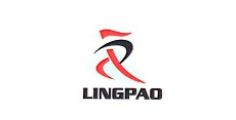
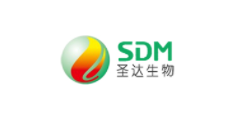
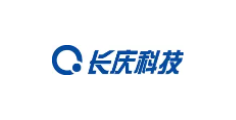
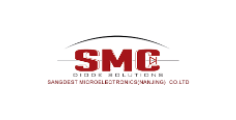
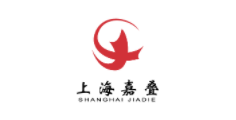
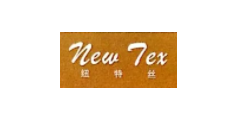
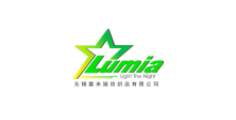
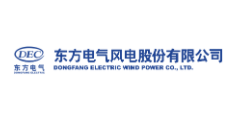
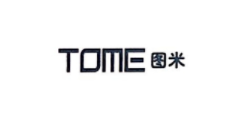

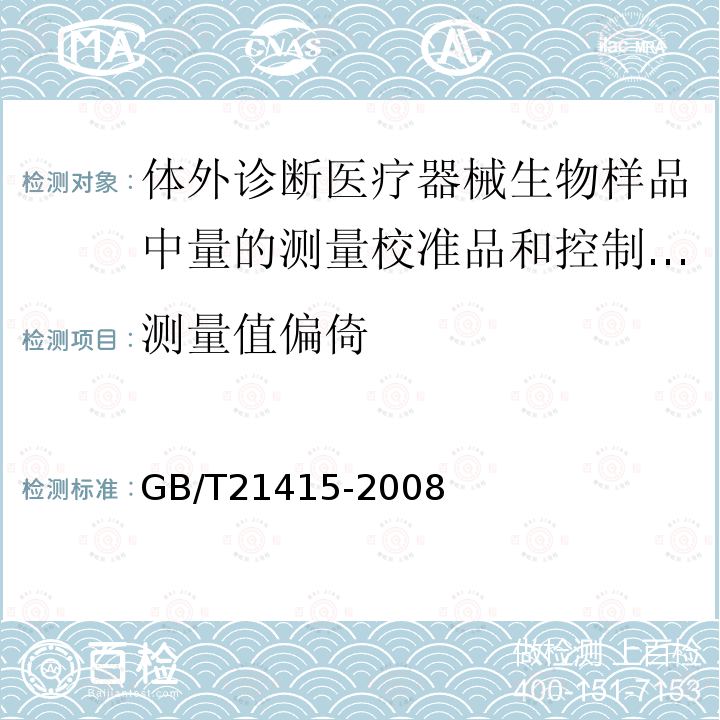
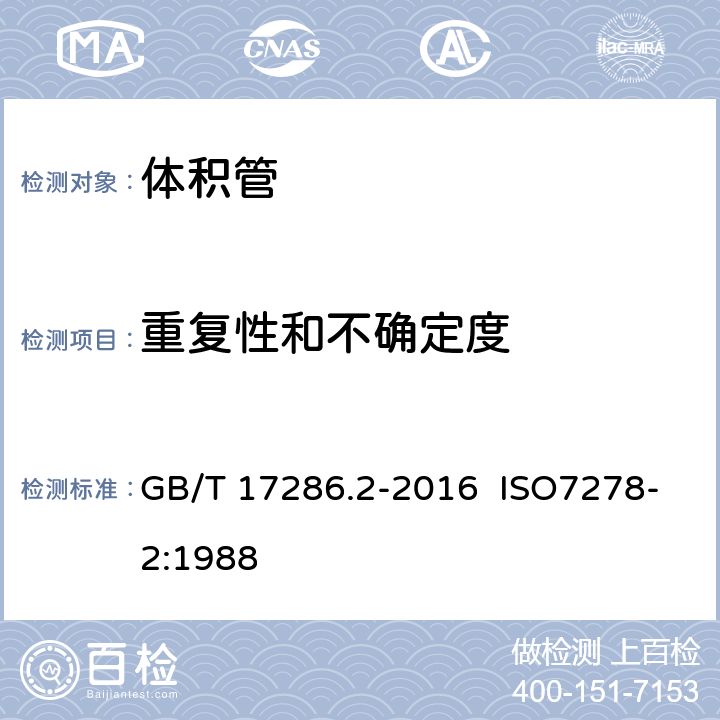
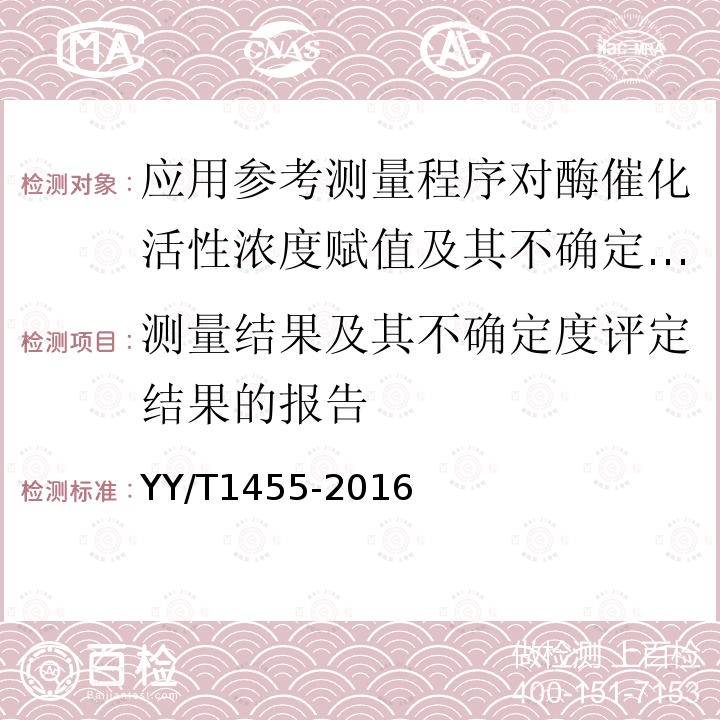
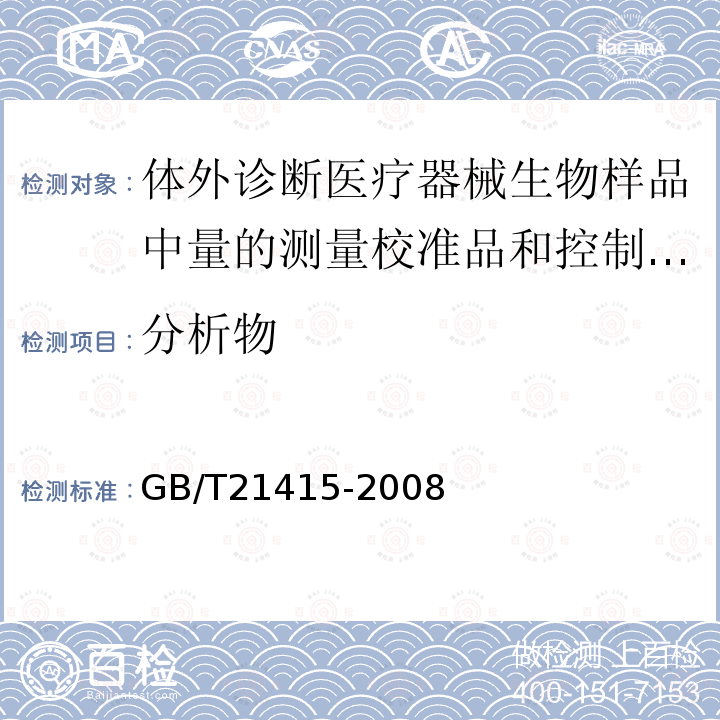
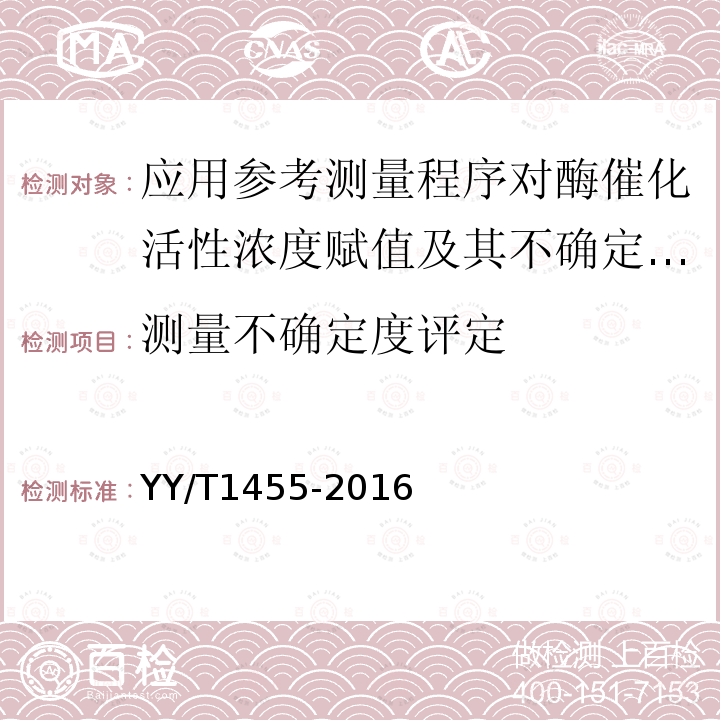

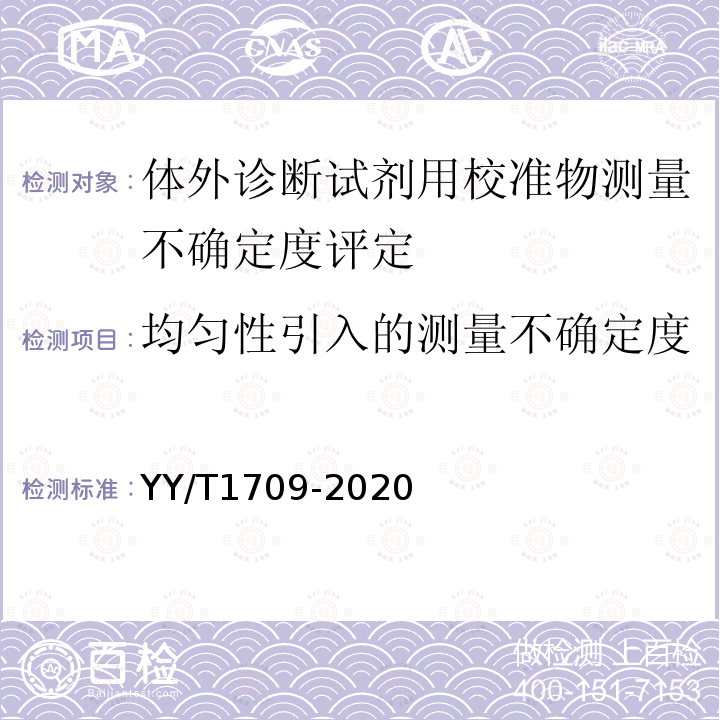
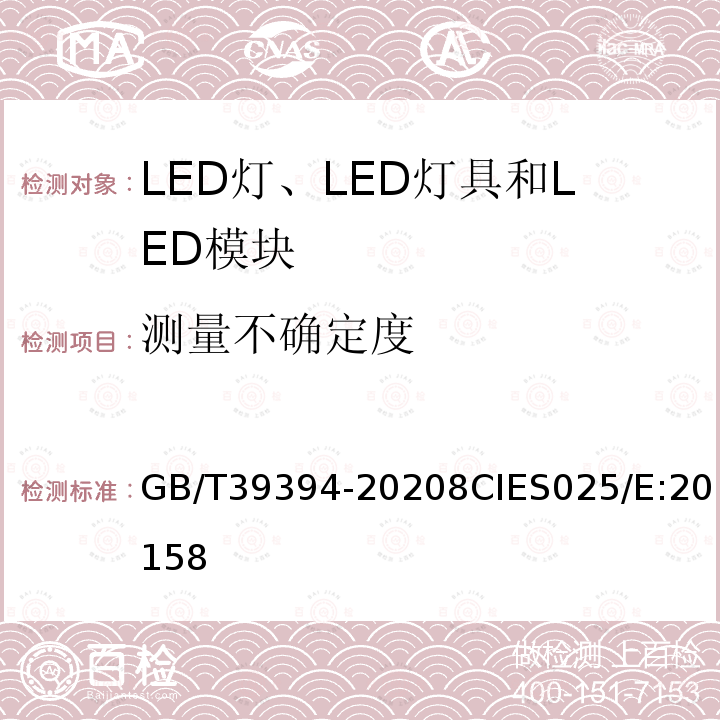

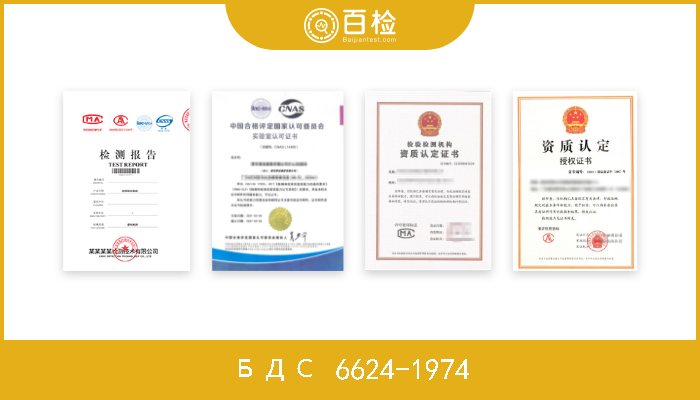
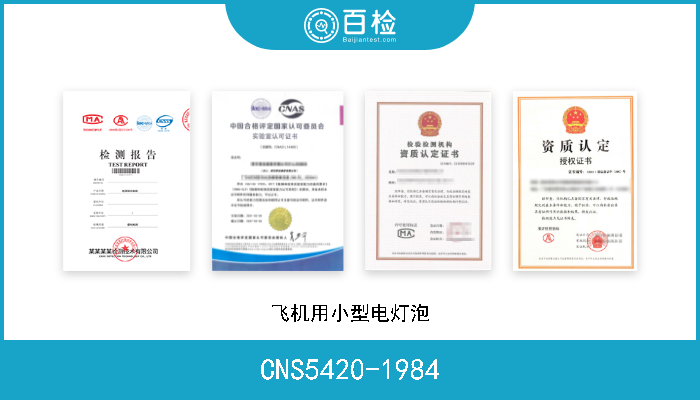
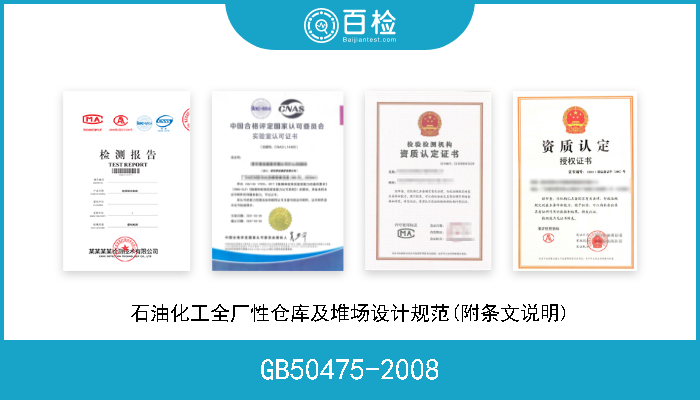
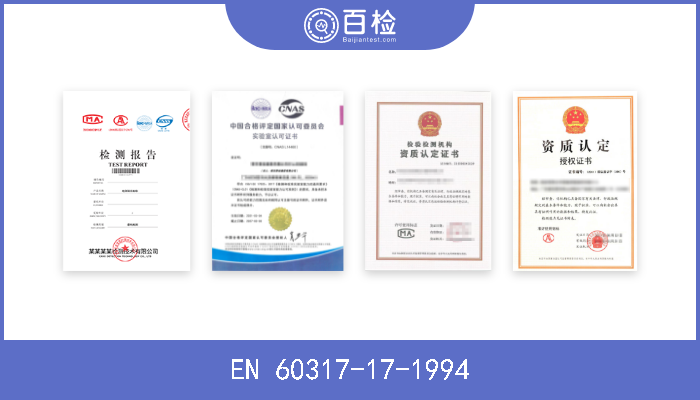
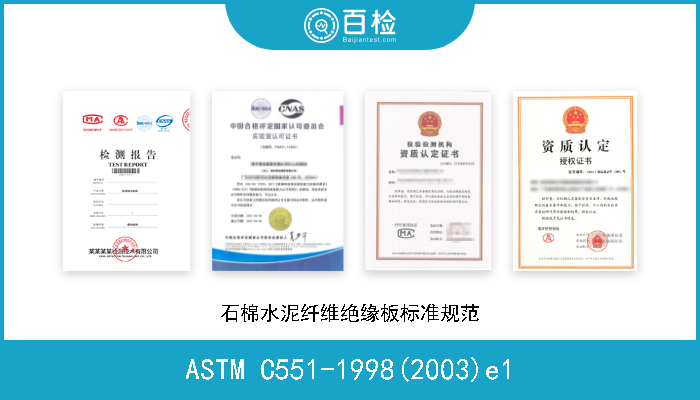
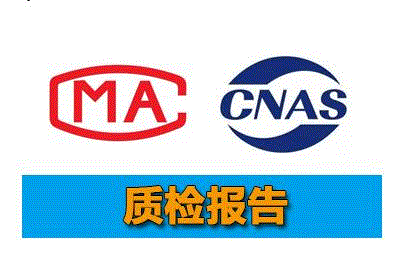
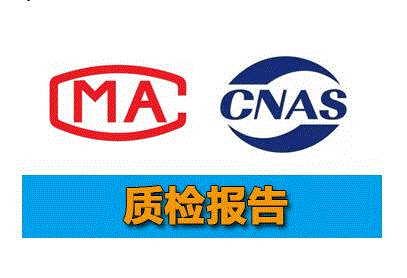
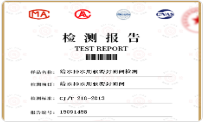


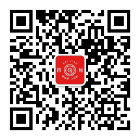
 400-101-7153
400-101-7153 15201733840
15201733840